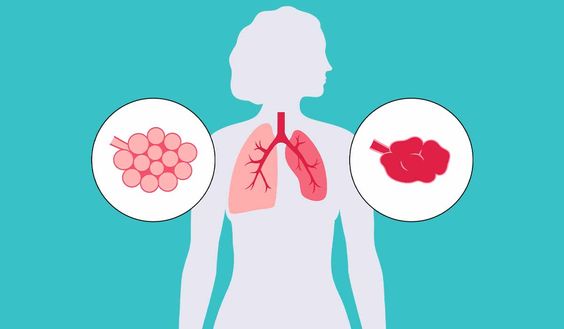Introduction:
Atelectasis is a respiratory condition characterized by the collapse of part or all of a lung. This occurs when the tiny air sacs (alveoli) within the lung deflate or fill with fluid, preventing the exchange of oxygen and carbon dioxide. Atelectasis can range in severity from mild and asymptomatic to life-threatening, depending on the extent of lung collapse and the underlying cause.

There are various factors that can contribute to atelectasis, including airway obstruction, pressure on the lung from outside, and conditions that affect the normal function of lung surfactants. It is crucial to understand the causes, symptoms, diagnosis, and treatment options associated with atelectasis to ensure timely intervention and prevent potential complications.
Causes of Atelectasis:
Atelectasis can arise from a variety of factors that interfere with normal lung function. Some common causes include:
- Airway obstruction: Blockages in the airways, such as mucus plugs, foreign objects, or tumors, can trap air and lead to alveolar collapse.
- Lung compression: External pressure on the lung, caused by conditions like pleural effusions (fluid buildup in the chest cavity) or pneumothorax (air in the chest cavity), can compress the lung tissue.
- Surgery: Anesthesia and postoperative pain can suppress deep breathing, increasing the risk of atelectasis.
- Surfactant deficiency: Surfactant is a substance that helps keep alveoli open. Premature infants may lack sufficient surfactant, making them susceptible to atelectasis.
- Medical conditions: Certain medical conditions, such as lung cancer, cystic fibrosis, and respiratory distress syndrome, can predispose individuals to atelectasis.
Symptoms of Atelectasis:
Symptoms of atelectasis can vary widely depending on the degree of lung collapse. Some individuals may experience no symptoms at all, while others may present with:
- Shortness of breath
- Cough
- Chest pain
- Rapid heart rate
- Bluish discoloration of the skin (cyanosis)
Diagnosis and Treatment of Atelectasis:
Diagnosing atelectasis involves a combination of physical examination, imaging tests (chest X-ray, CT scan), and assessment of the patient's medical history. Treatment depends on the underlying cause and severity of the condition.
Common treatment approaches include:
- Airway clearance: Techniques like deep breathing exercises, coughing, and chest physiotherapy help remove blockages and re-inflate the collapsed alveoli.
- Oxygen therapy: Supplemental oxygen can improve blood oxygen levels.
- Treatment of underlying conditions: Addressing the root cause of atelectasis, such as removing an obstruction or draining pleural fluid, is essential.
- Mechanical ventilation: In severe cases, mechanical ventilation may be necessary to support breathing until the underlying condition improves.
Prevention:
Certain measures can help prevent atelectasis, particularly after surgery:
- Early mobilization: Encourage early ambulation after surgery to promote deep breathing.
- Incentive spirometry: This device helps patients practice deep breathing exercises.
- Pain management: Adequate pain control allows for deeper breaths and reduces the risk of shallow breathing.





